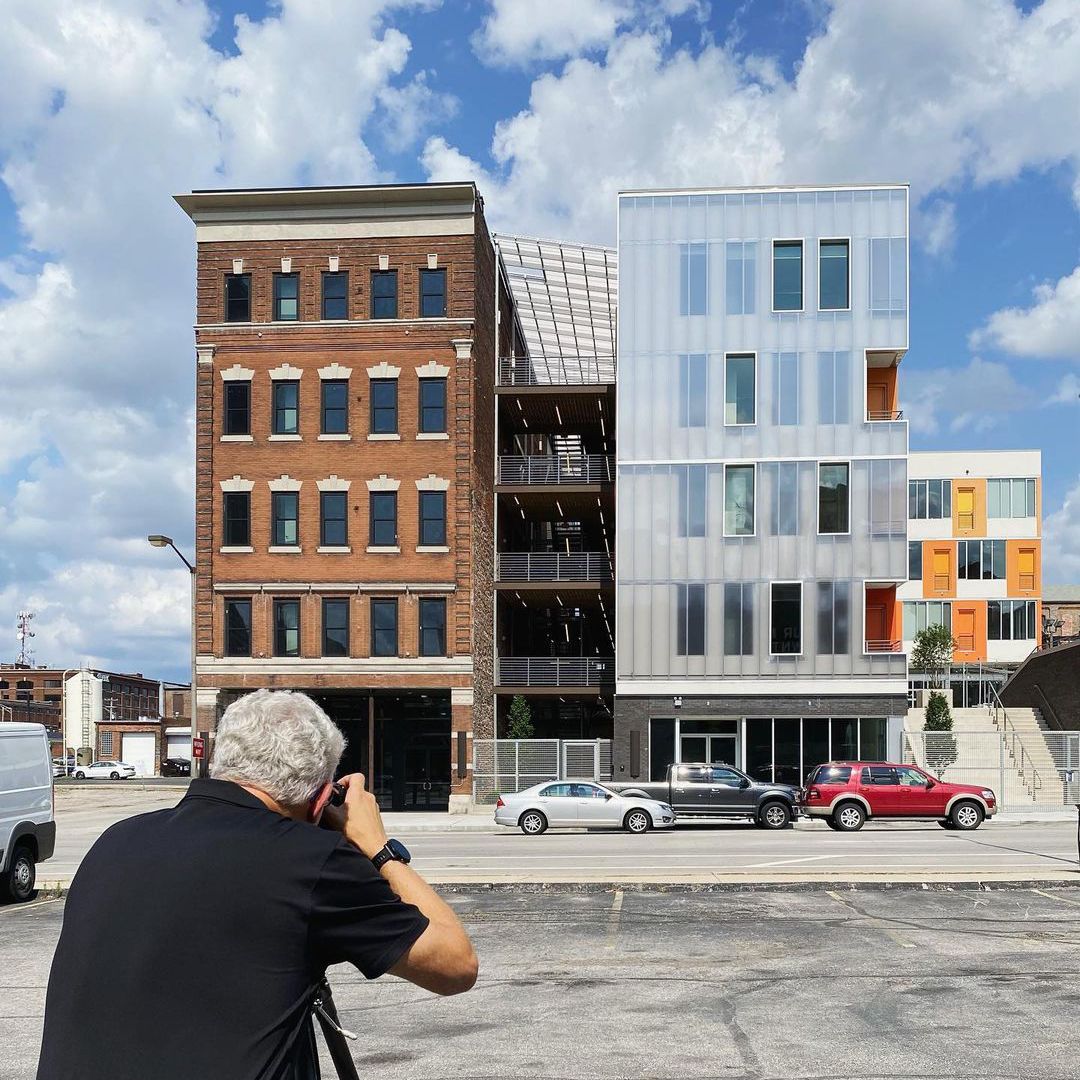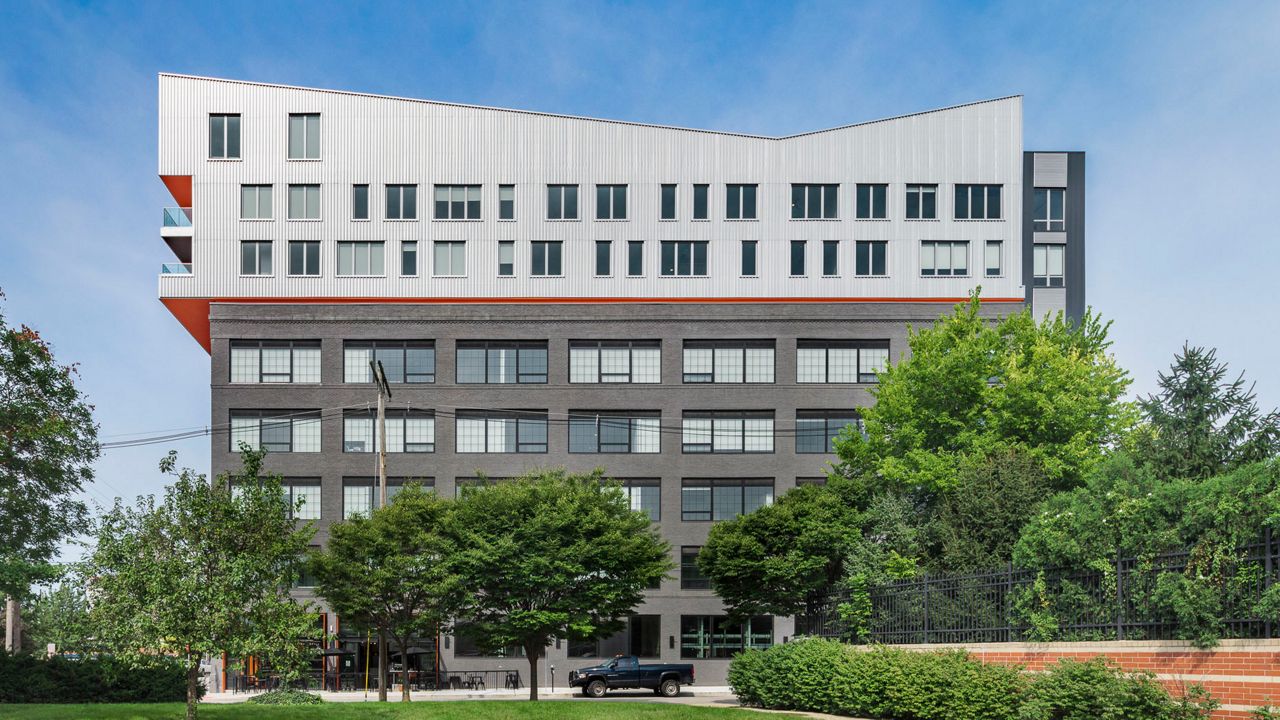COLUMBUS, Ohio — Architect Jonathan Barnes said the best way to make designs sustainable is sometimes just resisting the urge to tear things down.
What You Need To Know
- Several of Jonathan Barnes Architecture and Design's recent projects modernized old vacant buildings
- Barnes said Columbus lags behind other large cities in terms of sustainable design and building practices
- Preserving old structures has sustainability benefits but also can lead to attractive industrial-style designs
His designs often preserve components of old structures, creating modern buildings that are both full of character and friendly to the environment.

“What’s missed by a lot of people regarding sustainable building practices is the fact that the most sustainable thing you can do, honestly, is not solar panels, or geothermal, necessarily. The most sustainable thing you can do is to work with or start with something that already exists,” he said.
Jonathan Barnes Architecture and Design (JBAD) has worked on a number of recent projects converting older buildings, like manufacturing and warehouse structures in downtown Columbus, to mixed-use residential buildings. It helps that the industrial, warehouse-style designs are attractive these days, especially to the younger generations living and working downtown, he said.
Near the Columbus State Community College campus in the northeastern corner of Columbus, JBAD took on a project with a five-story concrete and brick warehouse that was built for metal manufacturing more than a century ago, and had been sitting empty for years.
The design for the View on Grant added a three-story cantilevered rooftop addition, with orange accent colors, and the modernized building is now home to residents living in the building’s 86 residential units.
In another example downtown that opened this year, a historic vacant warehouse was the basis of JBAD’s design for @150 North 3rd, a mixed use 79-unit apartment building with retail on the ground floor.
“It was this building that was really not contributing, not occupied for quite some time. Now, it’s full of apartments, and we didn’t build it, we just basically cleaned up the inside and added the apartments,” he said.

Compared to other large cities, Columbus is lagging behind somewhat when it comes to sustainable design and building practices, Barnes said.
“I think you'll find a lot more attention is being paid and efforts are being spent on sustainable practices in lots of places, whether it's Charlotte, Seattle, Austin, Denver, the West Coast, than in Columbus,” he said.
However, Barnes said that is starting to change as a new generation of developers in the city focus more on sustainability, both because it’s the right thing to do and because it’s increasingly marketable to say that a development was built with the environment in mind.
As far as regulations, he said Columbus doesn’t have the same standards for energy performance that are seen in cities at the forefront of sustainability and building codes aren't as stringent.
“When you talk about kind of carrot and stick incentives, we probably need more sticks, and more regulations that really compel developers and other people who build to do things in a more sustainable way,” he said.
While Barnes' style of design can be complicated to execute — navigating code issues, or addressing unexpected issues in an old building — he said the reward is a final product that is one of a kind.
“The aesthetics are on the side of older buildings and saving them for sure,” he said. “You build something new, no matter how hard you try, it's not going to look 100 years old or have the kind of character that you could see from those kinds of buildings.”



